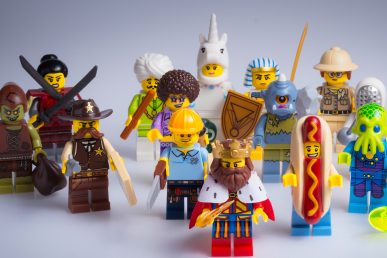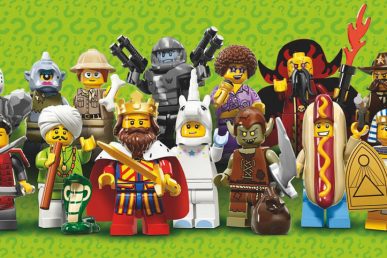The OpenStack Technical Committee provides technical leadership for OpenStack as a whole. Responsibilities include enforcing OpenStack ideals (such as Openness, Transparency, Commonality, Integration and Quality), deciding on issues that impact multiple programs, providing an ultimate appeals board for technical decisions and general oversight. It’s a fully-elected Committee that represents contributors to the project.
Made up of 13 directly elected members, the community hits refresh with partial elections every six months. There were 16 candidates for the six spots open this round. While some have served on the TC before, we wanted to introduce them to the growing OpenStack community.
Here are the newly elected members, in alphabetical order, from their candidacy statements:
Paul Belanger, a Red Hat senior software engineer who has been contributing since the 2012 Folsom release. Calling his candidacy a “step outside his comfort zone” says he hopes to bring an operations point of view to the TC along with his “primary passion” of “helping provide the OpenStack resources to contributors to make OpenStack awesome. In doing so, working on the infrastructure project allows for the ability to see what is great about OpenStack and what could use improvements.”
Doug Hellmann, also at Red Hat, has served on the TC for the last four years, has been a project team lead (PTL) at various times since 2012 as well as a frequent speaker at Summits. “Most of my contributions have been focused on enabling others in the community. From the documentation migration, to release automation, and the community goals process, I have worked on tools, processes, and patterns to make incremental improvements in our ability to collaborate while building OpenStack. I view serving on the TC as an extension of that work.”
Julia Kreger, part of the OpenStack community since the Juno cycle first got interested in OpenStack while working as an engineer supporting data center hosting operations. “It is true containers have taken over the limelight with many companies, as they have shifted their resources away from OpenStack. I feel that we must not forget that infrastructure and the underlying building blocks have a place as well. It is also upon us to advocate for that as community building is our strongest avenue to spread the word of OpenStack.”
Emilien Macchi, an engineer at Red Hat, h as contributed to several OpenStack projects with a focus on TripleO and Puppet OpenStack. “During the last twelve months, I’ve contributed to Governance reviews and used my vote by thinking outside of the box. Indeed, my experience on working with installers is pretty unique at the TC and I find it important to represent this
world. I’ve also participated in the Visioning exercise in Boston, and I believe it helped a lot in our community. I hope we can keep iterating on this work during the next months.”
Colleen Murphy, cloud developer at SUSE. A core reviewer for Keystone, she’s been involved with OpenStack for three years. “From the beginning I have had a keen interest in onboarding new contributors and guiding them to be productive community members. Growing our community following our recent drop in contributors is one of our biggest challenges. I also see diversifying our community as intertwined with attracting and onboarding new members. I have always been impressed with OpenStack’s welcoming community and inclusivity, but the numbers show that we could be doing better
on gender diversity and I believe we must continue to build up momentum in improving cultural inclusivity.”
Jeremy Stanley, OpenStack Foundation staffer and linchpin of the Infra team, was a second-term TC candidate. “I have experience as a user, an operator and a developer, and do my best to accurately represent concerns from all these perspectives. I feel honored to have participated in the drafting of a TC vision, the decision to encourage more strategic investment from contributors through creation of a community-wide “help wanted” list, restructuring the TC meeting/discussion model to improve accessibility across time zones and cultures, and closer collaboration with the User Committee and adjacent communities through the emergence of role-neutral Special Interest Groups.”
So who gets a vote in these elections? All Foundation individual members who are also committers for one of the official project teams repositories during the release time frame (for this round, it was Ocata-Pike). More on the process here, including how to get involved for next time.
“Thank you to all who voted and who encouraged others to vote. We need to ensure your voice is heard,” says Foundation staffer Kendall Nelson, one of three election officials.
- Exploring the Open Infrastructure Blueprint: Huawei Dual Engine - September 25, 2024
- Open Infrastructure Blueprint: Atmosphere Deep Dive - September 18, 2024
- Datacomm’s Success Story: Launching A New Data Center Seamlessly With FishOS - September 12, 2024

)










